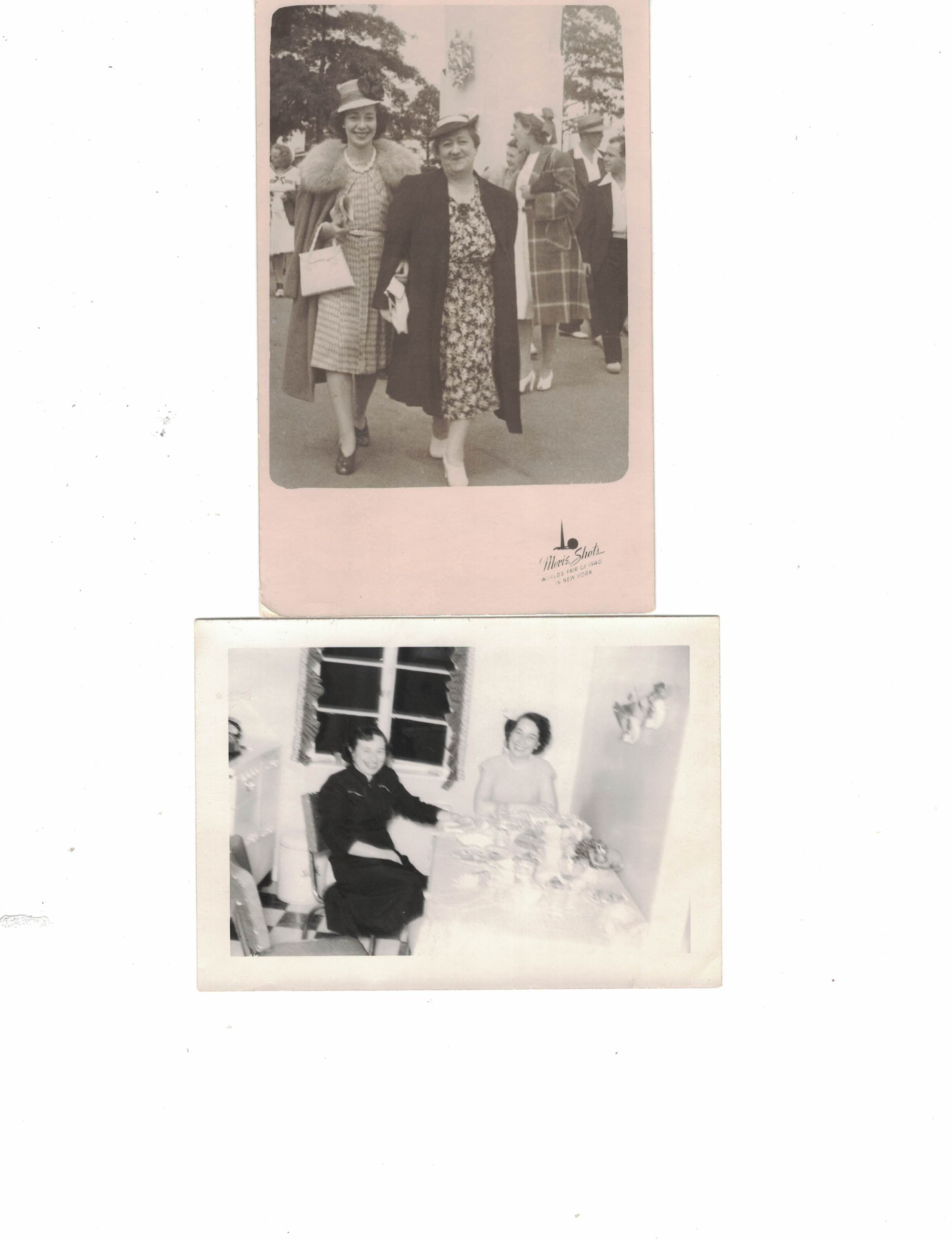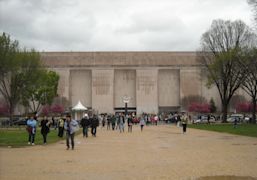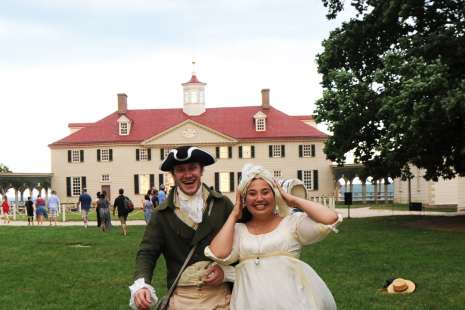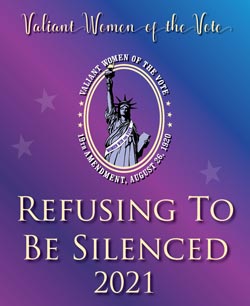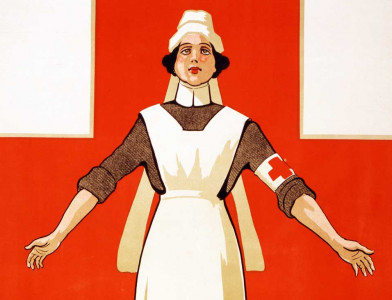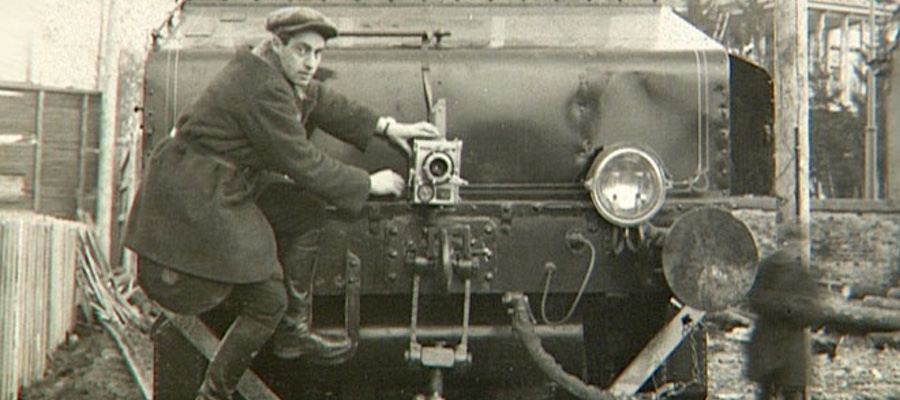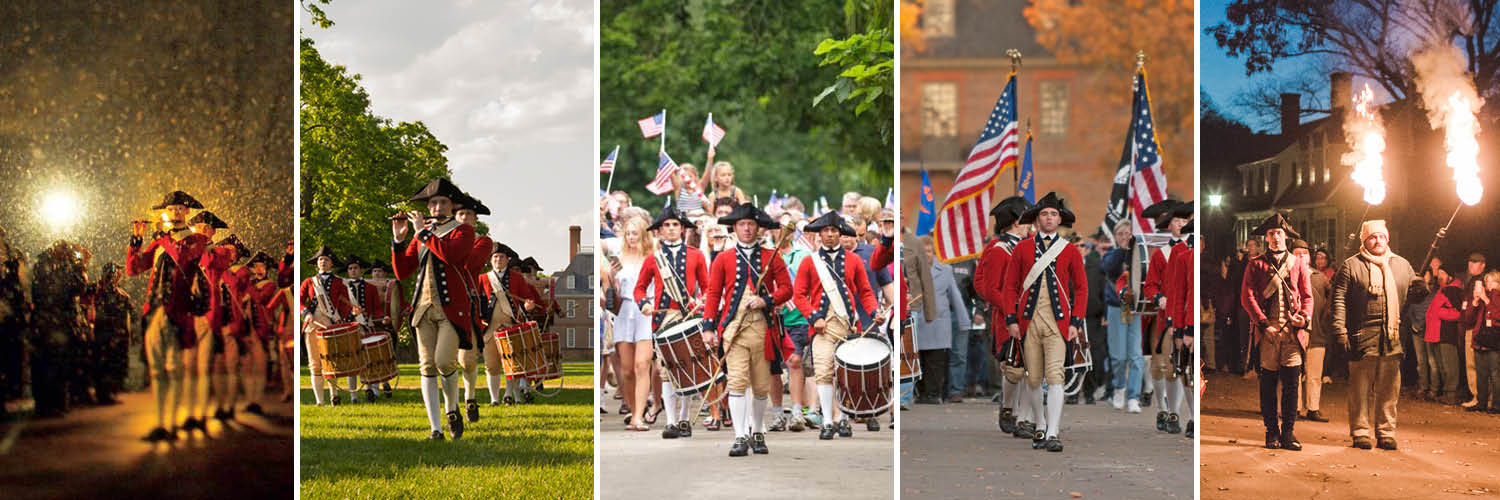Jewish History in America – Mother’s Side
Jewish history in America begins with my Jewish roots and family background on my mother’s side of the family. In 1889, my great grandparents, Isaac and Sarah Dina Brill, embarked on a North German Lloyd steamship the SS Herman with their two children, Samuel Frank and Elizabeth, at the town of Bremen a major port city in northern Germany.
This family begin their journey from Russia or Lithuania. Travel details are unknown. Traveling in the steerage compartment of the SS Herman, the ship arrived in the port of Baltimore on August 22, 1889. My immigrant family began their Maryland adventure at Locust Point near Fort McHenry and contributed to the Jewish history in America story.
My great grandfather traveled throughout the south selling eyeglasses. At some point, his family moved from Baltimore to Leonardtown in St. Mary’s County, Maryland to continue their Jewish history in America. The 1900 census shows them residing in St. Mary’s County. Isaac Brill’s occupation is listed as merchant and he was able to read, write and speak English. His wife, Sarah Brill, couldn’t read or write, but she could speak English and Yiddish. In addition to Samuel and my grandmother, Lizzie, four other children are listed. These are Benjamin, Esther, Rachel and Michael. My great aunt Kitty must have been born later.
Sometime after the 1900 census, my great grandparents and their children moved back to Baltimore, Maryland. I have a document signed by my grandmother, Elizabeth Miller (Brill) concerning the birth of her oldest son and my mother’s oldest brother, Irving Miller. In this document, she writes the following about her Jewish history in America.
“My name is Elizabeth Miller (nee Brill). I was born in Lithuania, and I came to the United States at the age of 1-1/2 years.
I was married to Joseph Miller on March 17th, 1912 in Baltimore, Maryland, in a synagogue. (My grandmother doesn’t write the name of this synagogue in the document.) Joseph Miller was also born in Lithuania and came to the United States at the age of 10 years.
Irving Miller, now living at 627 Thompson Avenue, Bound Brook, New Jersey. is my son. He was born on May 12, 1913 at 1419 East Fayette Street in Baltimore, Maryland, (my mother’s home).
We resided in Baltimore until 1938, when we moved to New Jersey, and I now live with my son, Irving Miller in Bound Brook.
The purpose of this affidavit is to establish May 12th, 1913 as the date of birth of my son Irving Miller.”
According to the January 1, 1920 census, my grandparents and my uncle were residing at 1642 Appleton Street in Baltimore, Maryland. My mother (Ruth Miller) was born on April 22, 1920 at Mercy Hospital. On her birth certificate, her father’s occupation is listed as Clothing Cutter. So, he must have worked in the garment industry that contributed to Baltimore’s economy. My grandmother’s occupation is listed as home meaning she was a homemaker.
Other documents show that my mother’s family were living at #252 Oakley Avenue on January 15, 1926 and then at 2812 Oakley Avenue in Baltimore, Maryland. The rental deed states that the home they lived in was located on the intersection of the north side of Oakley Avenue with the west side of Laurel Avenue.
My mother remembered watching the horses run at Pimlico Race Track when she was a girl. They lived near this race track in the Lower Park Heights section of Baltimore in a Jewish neighborhood. Her memories contributed to her family’s Jewish history in America story. She also remembered polishing marble steps in front of the townhouse she lived in with her parents. My mother also remembered fighting with her younger brother, Herbert, over a pair of roller skates.
My mother attended Forest Park High School in Baltimore, Maryland. She told me she took an entire year of English history and was a member of the stamp collecting club. Her classmates wrote in her yearbook that she was very quiet and one of the nicest girls in the class.
My Uncle Irving attended Baltimore City College, that was a high school for all boys at the time. Later he attended classes at Johns Hopkins University. A doctor or professor recognized his talent for pharmacology and science. He was invited to work for Squibb in New Brunswick, New Jersey. In 1938 after my mother graduated high school, he moved to Highland Park, New Jersey with his mother and younger sister and brother. My grandmother was separated from her husband for reasons unknown to me.
My mother’s side of the family from Baltimore, Maryland are Ashkenazic, primarily from Russia and Lithuania. My mother never told me the name or names of the synagogue or synagogues her family attended while living in St. Mary’s County and later Baltimore, Maryland.
Jewish History in America – Father’s Side
My father’s side of the family are Sephardic. These are Jewish people who lived in Spain and Portugal. In 1492, the Alhambra Decree by the Catholic Monarchs of Spain called for the expulsion of Jews who did not agree to convert to Roman Catholicism after the Spanish Inquisition. These Jewish ancestors fled to the Balkan nations of Turkey, Greece, Bulgaria, Curacao and Pernambuco, Brazil. The Ottoman Empire welcomed them with open arms and gave them refuge from the Roman Catholic nations of Spain and Portugal.
Between 1821 and 1914, the Ottoman Christian minorities fought for independence from their Turkish overlords. On the eve of World War I, the ancient Jewish communities of the former Ottoman Empire were in a state of full-fledged panic and flight. During the Balkan Wars of 1912-13, the conquest of Ottoman Thrace and Macedonia which also included the predominant Sephardic city of Salonika or Salonique by Bulgarians had unleashed new waves of persecution. Jews who had fled from Bulgaria to Salonika were forced to flee yet again when the Turks assaulted the port city of Salonika that was once home to 50,000 Jews and 50 synagogues.
Among those who fled Salonika in 1916 were my grandfather Isaac Abraham Beja and his wife Regina Sulema Beja. Their marriage was arranged by my great grandparents. In order to flee the Greek army, my grandfather climbed the mast of a ship. Shortly after that he and his bride departed for Ellis Island, New York City in the steerage compartment of the Giuseppe Verdi. From there they would join friends from Salonika who had previously settle in New Brunswick, New Jersey. This was the beginning of my father’s family Jewish history in America story.
As newcomers to America the Sephardim faced special difficulties. They were not only penniless, but also unskilled. Unlike the Ashkenazim, who flocked to the garment industry, the Sephardim were predominantly peddlers, grocers, bootblacks and fruit vendors. My grandfather had a fruit and vegetable stand in front of the Paris grocery store in New Brunswick. They did not speak Yiddish, the language of the majority of the Jewish immigrants. Jewish relief agencies frequently did not understand their culture or even identify them as Jews at Ellis Island.
My grandparents were part of a vital Sephardic community in New Brunswick, New Jersey. Members of this community were descendants of the Jews of Spain and Portugal who were victims of the Spanish Inquisition. They survived many trials, wanderings and unbearable conditions for the sake of the Rabbinic Judaic faith and Sephardic cultural expressions.
To preserve their proud Sephardic cultural heritage and add to the Jewish history in America story, these Sephardim joined into groups such as the Ahava Veahva (Love and Brotherhood), La Luz Mutual (The Mutual Light) and the Ermanda Sephardith (Sephardic Brotherhood). The first two of these organizations (Ahava Veahva and La Luz Mutual) merged and received a charter for a synagogue and formal congregation, to be named Es Ahaim – Tree of Life – after the oldest synagogue in Salonika. The congregation originally organized in September, 1916 and incorporated on June 27, 1921.
My grandfather, Isaac Abraham Beja, was one of the original congregation’s charter members and served on the Chevra Kadisha, Jewish burial society. However, the original congregation dissolved 1927. Twenty-five members of these organizations banded together to reorganize a new congregation pronounced Etz Hahaim Sefardith. The purpose of the organization was to fulfill the spiritual and educational needs of the Sephardic community in addition to promoting its social welfare. This organization was part of the Jewish history in America story.
Services in the beginning were conducted in private homes until it was decided to build a permanent house of worship. Property for this project was acquired on Richmond Street in New Brunswick. To finance building of the sanctuary, bricks were sold for 25 cents each and a mortgage taken for the remainder. The name of the congregation was later officially changed to Congregation Etz Ahaim. It was a chore during the lean years following the stock market crash to raise funds for religious purposes, let alone to pay off the $6,000 mortgage. Dues were a dollar a month and were sometimes collected door-to-door. Since the congregation couldn’t afford the services of a Rabbi, the congregation was served by two lay religious leaders until they could afford to pay a Rabbi’s salary. In 1963, the congregation achieved the fulfillment of many years of dreams, hard work, and ambition when it relocated from New Brunswick to its present site in Highland Park.
My father was the only one of my grandfather’s three children to accompany his father at services at Etz Ahaim. My father’s devotion to the Torah and synagogue Sephardic traditions passed on to him from his father and mother helped him develop a close relationship with G-d at an early age and remained with him for the rest of his life. His Bar Mitzvah at Etz Ahaim after vigorous study of the Torah and Talmudic traditions of the Sephardim signified his coming of age to take responsibility for the Halakha or Jewish Law and this deep commitment to G-d would be passed down to his offspring
Etz Ahaim Congregation used Ladino – a Judeo-Spanish dialect – in many of its services and retained some unusual and colorful Sephardic customs. I remember visiting my grandmother and listening to the communication between my father and his mother in Ladino. When a father or older brother was called to the Bima to read from the Torah (an Aliyah – a very high honor in Sephardic tradition), all members of the family, both men and women rose out of respect.
At Etz Ahaim, the men and women sat separately during the service. Other customs occurred during Simchat Torah when rose water was sprayed on everyone during the Torah processional and during Greek dances at various social occasions. My father told me that he remembered his parents dancing while holding a handkerchief in a Greek circle dance. A Greek game called “barbut” would be played and in the earliest days water pipes were smoked. Another custom that has been a common practice has been the naming of children after their alive grandparents, whether they were alive or deceased, as contrasted to the Ashkenazic custom of using only names of deceased fore bearers.
It was from this Sephardic traditional religious practice that my father and his father before him developed a close relationship with G-d. Traditionally, although the Sephardim of Etz Ahaim are Orthodox, they are not as observant as some other Rabbinic Orthodox synagogues are. They are more liberal than the Hasidim in Halakha (Jewish law) practice.



